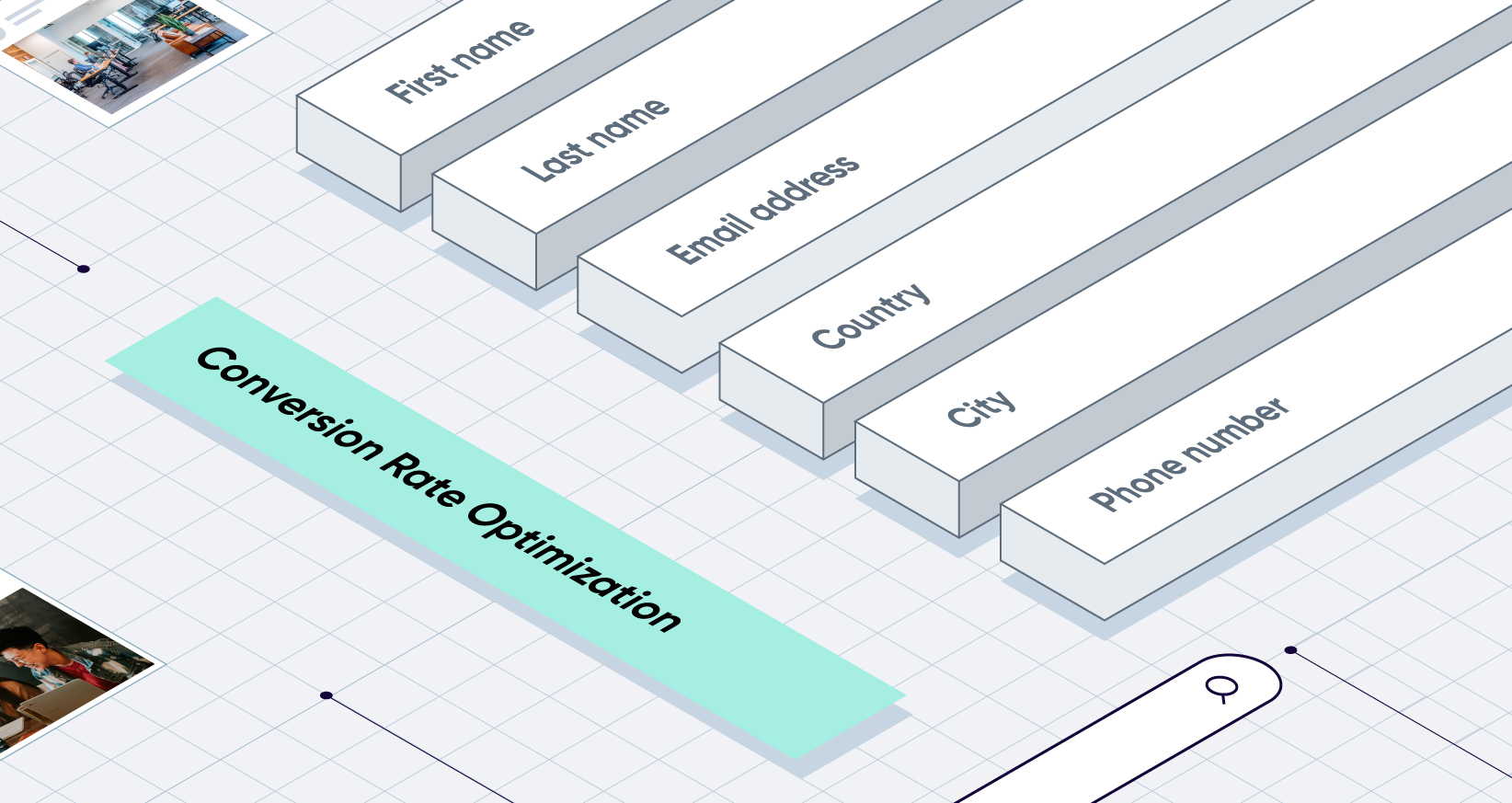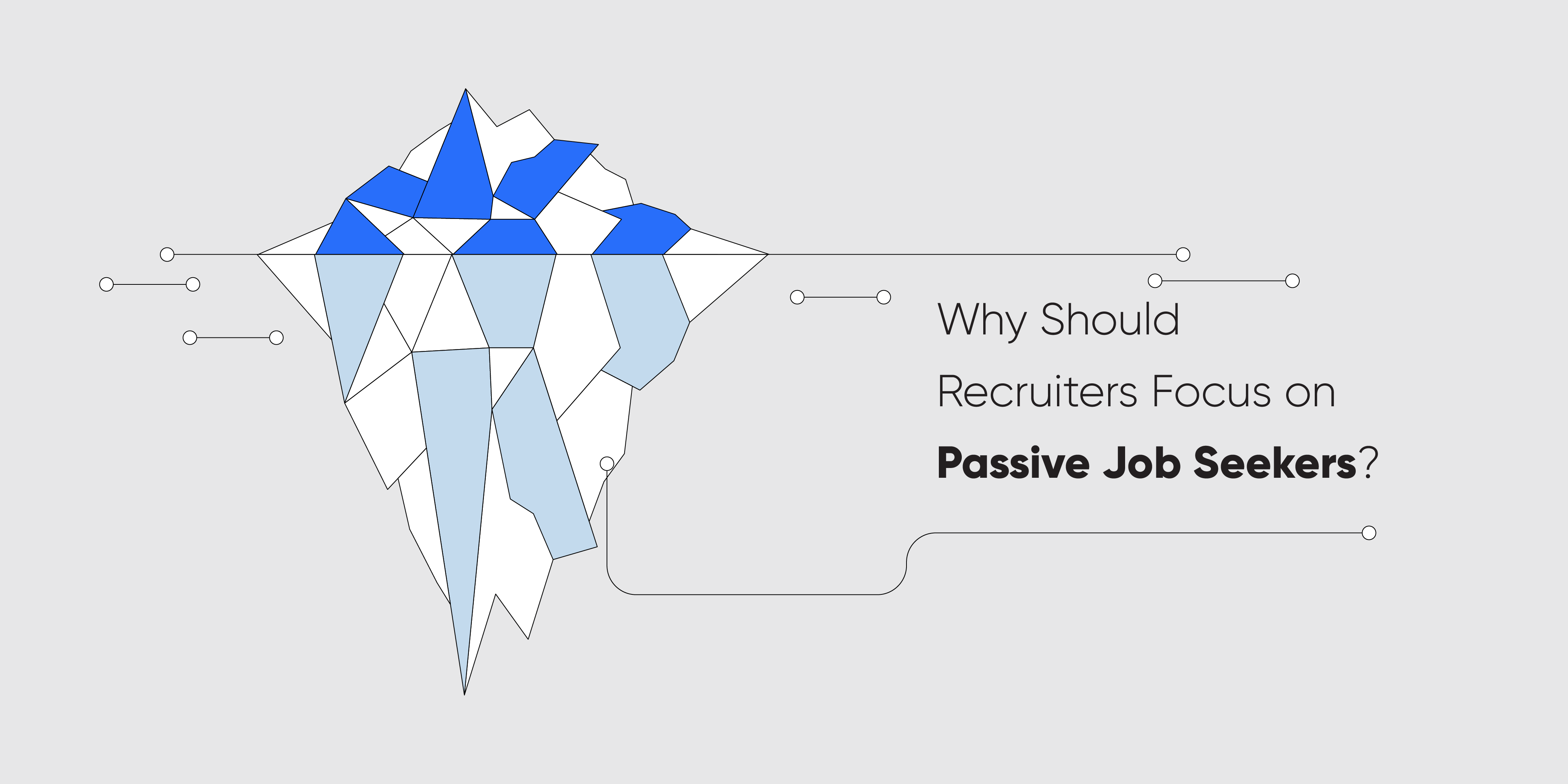The job application form is a pivotal element in a candidate's journey, often serving as their first interaction with a potential employer. This initial experience can significantly influence a company's overall talent acquisition strategy. For instance, large organizations invest millions to drive traffic to their career websites with the aim of converting visitors into applicants and, ultimately, hires. Even a difference in conversion rates, such as between 10% and 15%, can have a dramatic impact on the return on investment.
Companies typically employ various types of forms, ranging from single-step forms to more complex multi-step forms, which often require creating an account. It is well-established that enhancing the candidate experience can substantially improve a company's talent acquisition performance. Thus, determining the optimal form type—whether single-step or multi-step—is crucial for talent acquisition managers aiming to refine their recruitment strategies.
Drop-off Rate
Consider the following scenario illustrating drop-off rates between different stages of the application process: Each subsequent step in a multi-step form sees a reduction in candidate numbers, affecting the ROI negatively. For instance, candidates redirected from platforms like LinkedIn might be fewer in number when faced with a multi-step application. Conventional wisdom suggests that fewer steps lead to better conversion rates. However, it could be argued that candidates who complete a more demanding application are likely more motivated and possibly more qualified. Nevertheless, this doesn't consider mobile users who may disengage not due to a lack of motivation but because of the cumbersome nature of the process. Besides, candidates likely apply to multiple jobs in one day; thus, the competitive landscape should also be taken into account.
If implementing a single-step form isn't feasible, introducing a preliminary step that captures essential information like email and agreeing to terms can be beneficial. Those who don't complete the application could be re-engaged through targeted emails encouraging them to complete the process.
Account Creation
The requirement for candidates to create an account can significantly disrupt the application process's conversion rate. From the candidate's perspective, creating multiple accounts—often on the same platforms—adds a layer of frustration. While having an account allows candidates to track their application status, this isn't akin to tracking a personal purchase like an iPhone; candidates generally don't need to frequently check application updates. Most communication about their application status can be efficiently handled via email, especially considering that the majority of candidates (over 80%) may not engage with the company again.
A practical solution is to make account creation optional and only introduce it after the application has been submitted. An example of this approach can be seen in the Johnson Controls application process, developed by SmartDreamers, which has effectively integrated an optional account creation step post-application, replacing the more cumbersome Workday form.
Hosted Application Form
In most cases, the application forms are hosted on a page managed via the ATS, but the candidate's journey often begins on other pages (such as the career website homepage or job listings) managed by a different CMS. This setup creates a fragmented journey with tracking issues. We recommend integrating the application form directly on the main career website to ensure consistency in the candidate journey and to enhance visibility on the tracking and performance of each traffic-generating channel. Learn more about how SmartDreamers can assist you with this through the SmartDreamers CMS and the integration and synergy with the ATS.
Conclusion
In conclusion, optimizing the job application process not only enhances the candidate experience but also boosts the efficiency and effectiveness of a company's recruitment efforts. By simplifying application forms and making account creation optional, companies can increase their conversion rates and achieve a higher ROI. These adjustments are critical in an increasingly competitive job market where a positive first impression can determine the success of talent acquisition strategies.








